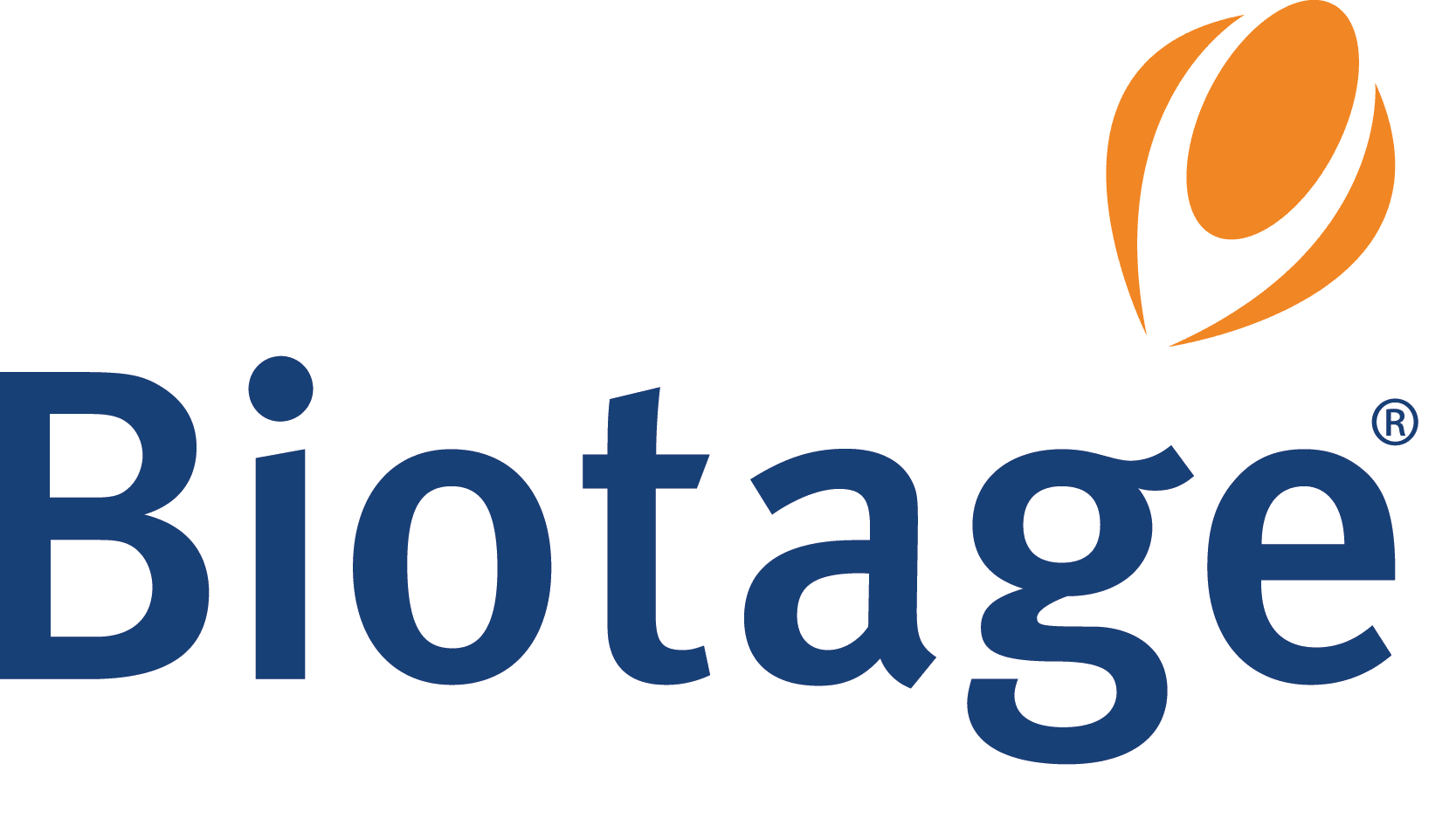Introduction
When compared to 1.7 μm fully porous materials, the ultra-high efficiency and low backpressures provided by Kinetex core-shell 2.6 μm columns, provides users opportunities to go beyond what is traditionally accepted for UHPLC runs. To match backpressures exerted by 1.7 μm fully porous columns, large increases in coreshell column length and/or system flow rate is required. When Gradient conditions are maintained, increases in flow rate and length result in an increase in peak capacity on the order of 26 %. When MS conditions are optimized to compensate for new flow rates, sensitivity increases of up to 3.5 times are observed and furthermore, peak capacity figures increase by almost 70 %.
 TN-1104 APPLICATIONS
TN-1104 APPLICATIONSThe introduction of Kinetex core-shell columns has brought dramatic benefits to chromatographers. The high efficiency shown from the 2.6 μm core-shell particle has allowed users to run ultrahigh performance separations on HPLC and UHPLC systems alike. Moreover, the larger particle size of the Kinetex 2.6 μm material compared to 1.7 μm fully porous particles significantly reduces backpressures by a factor of ~40 %. This decrease in backpressure provides users an opportunity to exploit flow rates and/or column lengths to allow for faster UHPLC run times, higher peak capacities, and improvements in peak sensitivities.Improvements in peak capacity can be realized if gradient rates are not changed and flow rates and/or column lengths are increased. The reason for this is that when the same gradient rate is applied, faster flow rates act to volumetrically lower gradients. However, if column length is increased and gradient time is also increased (with respect to the change in length) then it is known that again peak capacity values will increase due to the increased Efficiency of the longer column, but this comes at the expense of increased run times. Improved peak capacities observed over identical gradient Windows are due to a reduction in peak widths. If smaller peak widths are observed, then this should give an opportunity for larger Peak heights and hence better peak sensitivity. However, attention should be given to optimizing the detector to realize this benefit fully.The work discussed in this technical note demonstrates Performance advantages when operating 2.6 μm Kinetex core-shell particle columns under conditions that deliver backpressures matching that of a 50 x 2.1 mm fully porous 1.7 μm C18 column that is operated at traditional UHPLC flow rates (0.8 mL per minute) for a 2.1 mm ID column.
Materials and Methods
All analytes were purchased from Sigma-Aldrich.
Laboratory:
All work was carried out by Quotient Bioresearch Laboratories.
Columns Used:
A fully porous 1.7 μm C18, 50 x 2.1 mm column was compared with Kinetex 2.6 μm C18, 50 x 2.1 mm, 75 x 2.1 mm, and 100 x 2.1 mm columns from Phenomenex.Instrumentation:
Waters ACQUITY® Binary UPLC®
AB SCIEX API 5000™ Mobile Phase Preparation:
Solutions of 0.1 % formic acid in water and acetonitrile Standard Solution Preparation:
A 0.5 ng/mL solution containing the following analytes was
prepared in water.
- Haloperidol
- Diltiazem
- Terfenadine
- Cimetidine
- Acetaminophen
- Sulfathiazole
- Pindolol
- Quinidine
- Acebutolol
- Chlorpheniramine
- Tripolidine
- Prednisolone
- Nortriptyline
- 2-Hydroxy-5-methyl benzaldehyde
- Hexanophenone





